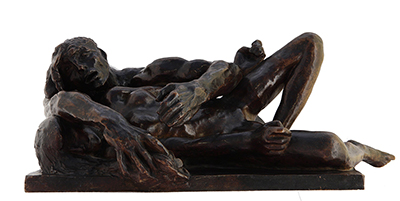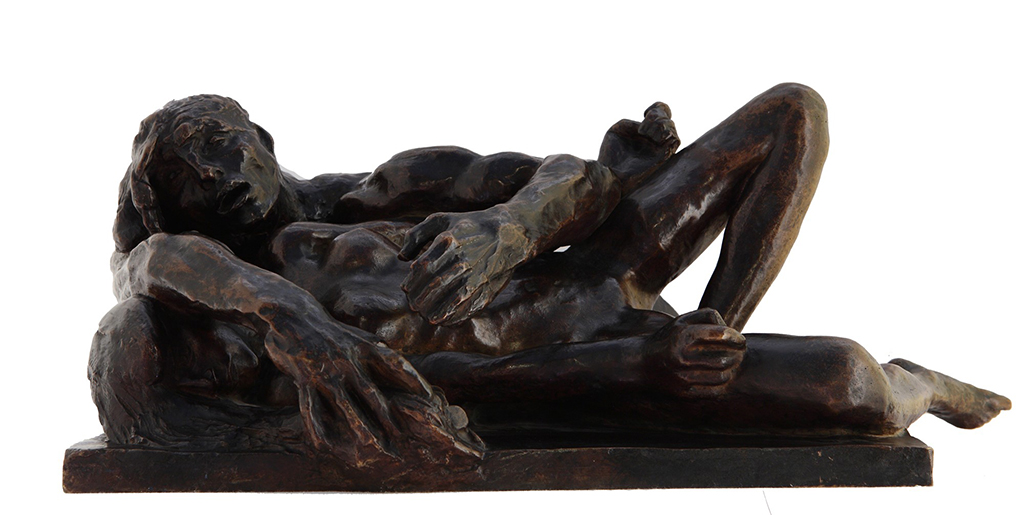Two of the seven sins are represented within this sculpture which was produced by Rodin between the years of 1885-1887. It would also become a part of the complex design known as The Gates of Hell.
There are several elements to this piece, with a man's torso whose arms come around a female figure. He reaches out for some coins in order to represent the sin of greed. It is believed that the torso is actually re-used from an item in The Falling Man, with just a few adjustments. The female is styled in a way that suggests she is offering herself, and that becomes the lust element. We have uncovered a number of earlier drawings from the artist which outline something similar to how the female figure is positioned here, and it is likely that these became part of the inspiration for that part of this sculpture. Rodin famously considered many of his creations to have a mind of their own and would frequently have different parts in and around his studio that he would happily re-use across different projects.
The bronze version of this design was completed in 1885 and can now be found in the collection of the Museo Nacional de Bellas Artes, Buenos Aires in Argentina. Rodin himself is respected globally, and there remains considerable interest in European sculpture. He was able to modernise styles to take the earlier work of the Renaissance and Baroque sculptors and re-invent the medium to appeal to modern tastes. He also went to extraordinary lengths in order to complete realistic portrait sculptures which were so accurate that some initially questioned his techniques until it became understood that this was no ordinary sculptor who could be judged in the same way as everyone else.
Rodin was someone who drew together different mediums over his career, even though most of know him as a sculptor. His two dimensions work with pencil and watercolours would give him alternative perspectives that could then feed into his sculptures. The human body and the use of artistic expression were behind all of his artworks and so other mediums brought in different possibilities, such as the use of colour as well as a fluidity across paper or canvas. His archive was huge by the end of his career and he also kept many photographs of his sculptures in order to remember the different exhibitions in which they would be included.





